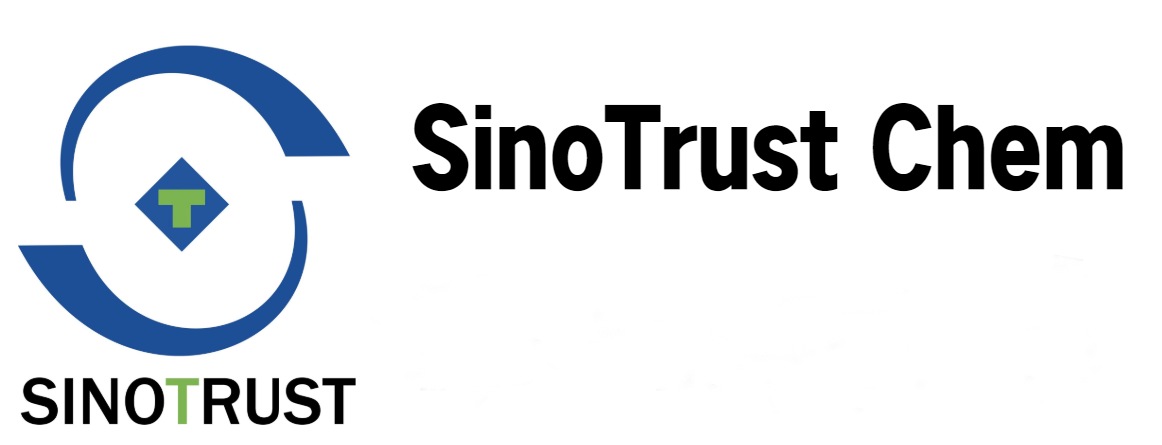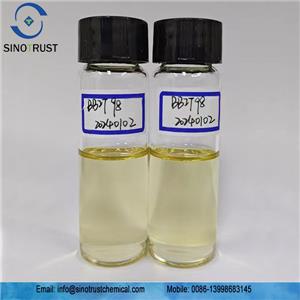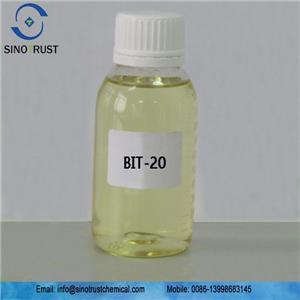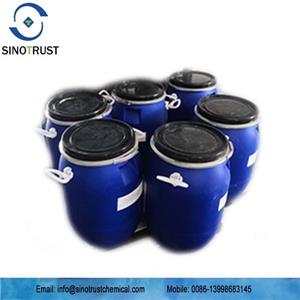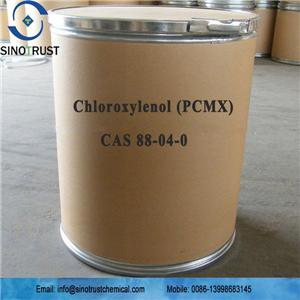The BIT-20 for Cutting fluid germicidal preservative
The cutting fluid fungicide bit-20 is an important new industrial sterilization, anti-mildew, preservative. With application for the preservation of industrial water-based products against the attack of microorganisms. It has a prominent role in controlling the growth of microorganisms such as fungi, mold, bacteria and algae in organic media. It has long-term bactericidal power, can effectively kill a variety of bacteria, mold, yeast, etc., has good biodegradability, little impact on the environment, low toxicity, good water solubility, and has bactericidal effect in a wide range of PH.
BIT20 can effectively kill a variety of harmful microorganisms and maintain product quality for a long time. It is a broad spectrum microbicide, with same effect as product of Proxel GXL.
Component list:
Component | CAS REG No. | Weight % |
1,2-Benzisothiazol-3(2H)-one | 2634-33-5 | ≥20.0 |
Dipropylene Glycol | 25265-71-8 | 50.0-60.0 |
Sodium hydroxide | 1310-73-2 | 5.0-7.0 |
Water | 7732-18 | Balance |
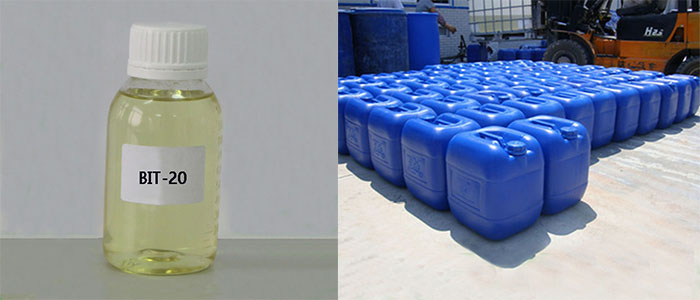
Performance characteristics
1. The applicable PH range PH3.0-10.0, good stability, the effective ingredients are stable at high and low temperatures.
2. Good compatibility with cationic anions, non-ionic surfactants, proteins and other industrial additives.
3. No heavy metals, low toxicity, no mutagenicity, no allergic variability, no pollution to the environment.
4. Effective against iron rust, Legionella, hydrogen sulfide producing bacteria, mold, algae and yeast. No corrosion to metal, and has anti-corrosion function.
Application
Cutting fluid fungicide bit-20 is widely used in water-soluble resin coatings (latex paint), latex products, acrylic polymers, polyurethane products, photographic lotion, oil products, paper, ink, leather products and water treatment agents. Especially suitable for metal cutting liquid antiseptic sterilization treatment.
Recommended dosage
Cutting fluid fungicide bit-20 In water-based systems such as metal cutting fluids, the general use concentration is 0.1-0.3% (w/w), depending on whether the product is susceptible to microbial erosion and product storage environment.
